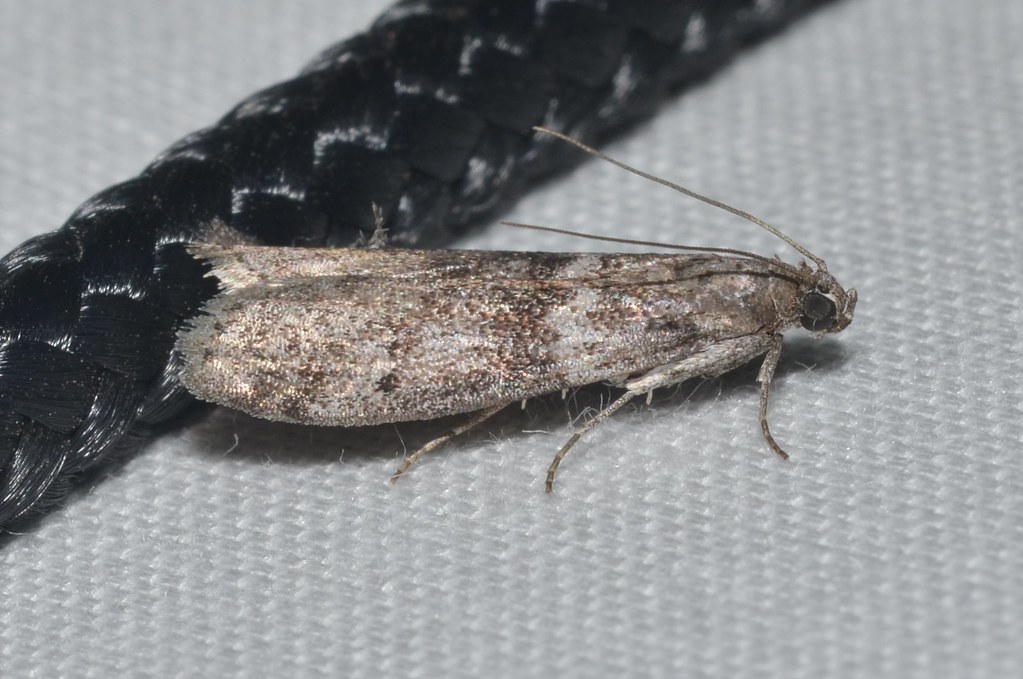Imagine settling down with your favorite book, only to discover tiny holes chewed through its pages. Or perhaps you’ve noticed small beetles scurrying away when you move your couch cushions. Maybe you’ve even had the unpleasant surprise of finding small moths fluttering out of your flour canister. These scenarios, while disturbing, are remarkably common. Our homes are not just sanctuaries for us but can inadvertently become habitats for various insects that find nourishment and shelter in our belongings. From bookworms that aren’t metaphorical to pantry pests feasting on our food supplies, insects have been our cohabitants since time immemorial. This article explores the fascinating world of household insects – why they’re attracted to specific items, how they get there, and what we can do about them.
The Ancient Relationship Between Books and Beetles
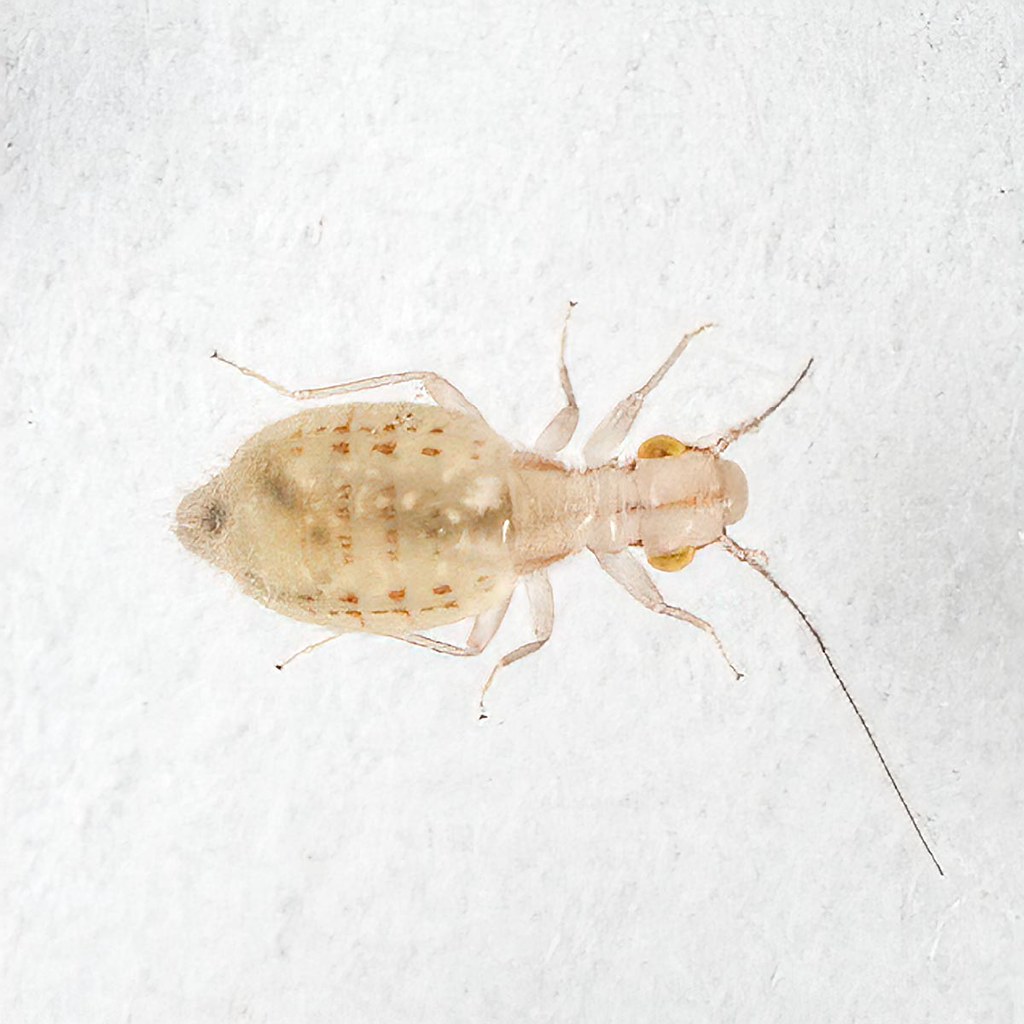
For centuries, books have provided not just knowledge for humans but sustenance for certain insects. The term “bookworm” originated from actual larvae of various beetle species that feed on the cellulose in paper, binding glue, and leather covers. Species like the book louse (Liposcelis bostrychophila) and silverfish (Lepisma saccharina) find the starch-based adhesives in older books particularly appetizing. These tiny creatures leave behind distinctive damage patterns – irregular holes, yellowish stains, and fine powder that results from their feeding activities. Historically, libraries employed various methods to protect their collections, including placing certain herbs between pages or using special wood for bookshelves that naturally repelled these pests. Today, climate control in modern libraries is one of the most effective preventative measures, as most book-eating insects thrive in warm, humid environments.
Pantry Invaders: The Flour Beetles and Moths

Your pantry offers a veritable feast for certain insect species, with flour being particularly vulnerable to infestation. The confused flour beetle (Tribolium confusum) and the Mediterranean flour moth (Ephestia kuehniella) are common culprits that contaminate flour and other grain products. These insects can detect food sources from remarkable distances, drawn by the subtle scents that humans can’t perceive. Once they’ve established themselves in your flour container, they reproduce rapidly – a single female flour moth can lay hundreds of eggs in her short lifetime. What makes these pests particularly problematic is their ability to chew through packaging materials, allowing them to infest sealed products. The presence of these insects isn’t just unappetizing; they can introduce fungi and bacteria that spoil food and potentially cause health issues if consumed.
The Hidden Ecosystem in Your Couch

Your comfortable couch harbors a miniature ecosystem that would be fascinating if it weren’t so unsettling. The average sofa contains skin cells, food particles, pet hair, and moisture – all resources that attract various insects. Dust mites, nearly microscopic arachnids, feed on the dead skin cells that accumulate in upholstery and can number in the millions within a single piece of furniture. Carpet beetles (Anthrenus verbasci) find the natural fibers in couches particularly appealing, consuming materials like wool, silk, leather, and feathers used in cushioning. Fleas and bed bugs may also take up residence, particularly if pets regularly use the furniture. The darkness and structural complexity of couches provide countless hiding spots where these creatures can remain undisturbed for generations, often going unnoticed until populations become substantial enough to cause visible damage or discomfort.
Why Wood Furniture Attracts Specific Insects
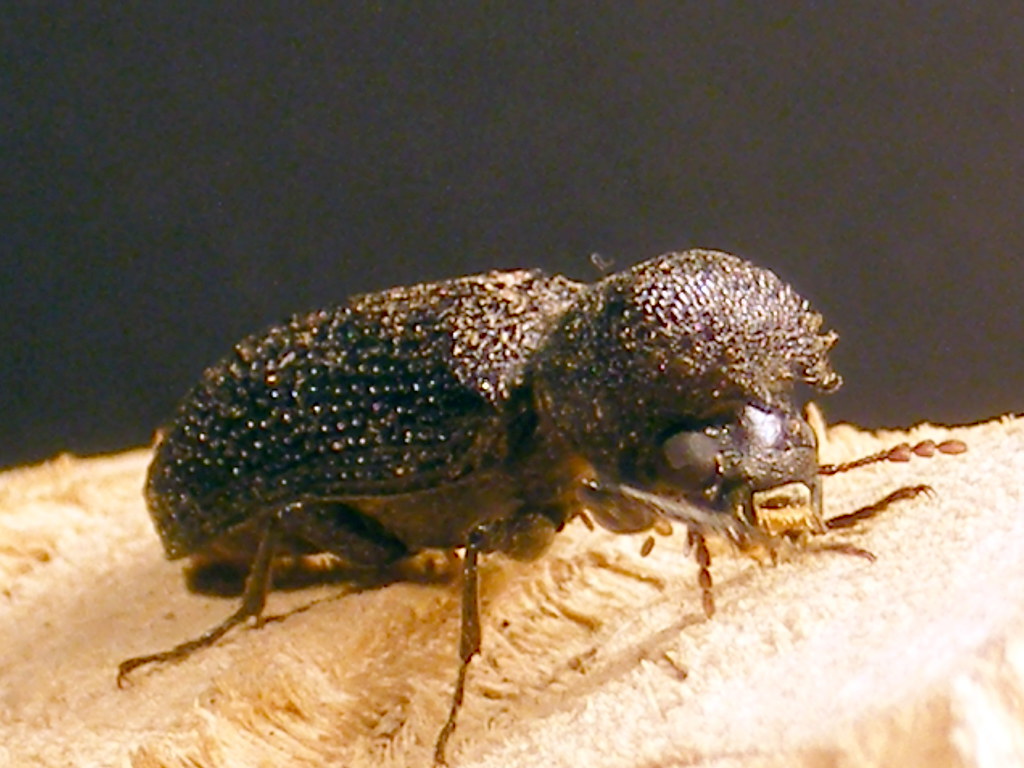
Wooden furniture pieces in your home might be hosting their own specialized insect communities, particularly if they’re antiques or made from untreated wood. Powderpost beetles (Lyctidae family) and furniture beetles (Anobium punctatum) can spend years inside wooden structures, slowly converting your cherished pieces into fine powder from the inside out. These wood-boring insects have evolved specialized digestive systems that can break down cellulose and even extract nutrients from the seemingly indigestible lignin in wood. The female beetles lay their eggs in tiny cracks or pores in the wood, and the hatched larvae tunnel through the material, leaving behind frass (insect excrement) that resembles fine sawdust. Often, the first sign of infestation is small, perfectly round exit holes where adult beetles emerge, by which point significant internal damage may have already occurred. Contrary to popular belief, these insects don’t just target old furniture; new pieces made from improperly kiln-dried wood can also be vulnerable.
The Science Behind Fabric-Eating Moths
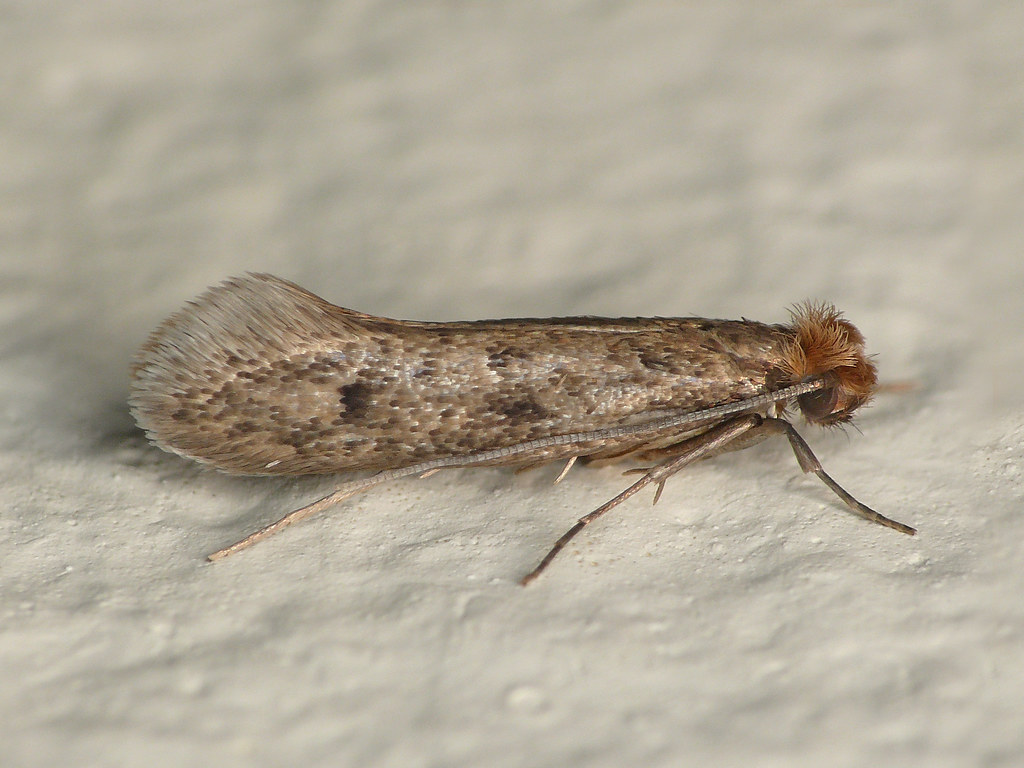
The clothes moth (Tineola bisselliella) has been the bane of wardrobes and textile collections for millennia, but few understand the remarkable evolutionary adaptations that make these insects so destructive. Unlike their butterfly cousins that feed on nectar as adults, clothes moths do all their damage in the larval stage, consuming keratin – a protein found in natural fibers like wool, silk, and feathers. These moths possess specialized enzymes that can break down keratin, a substance so tough that few other creatures can digest it. The female moth is strategic in her egg-laying, preferring hidden areas like seams, folds, or underneath furniture where her offspring will remain undisturbed. What’s particularly fascinating is that these moths are attracted not just to the fibers themselves but to the residual body oils, food stains, and sweat that make textiles even more nutritious from their perspective. This explains why clean, regularly used items often suffer less damage than those stored away for long periods.
Carpet Beetles: The Silent Destroyers
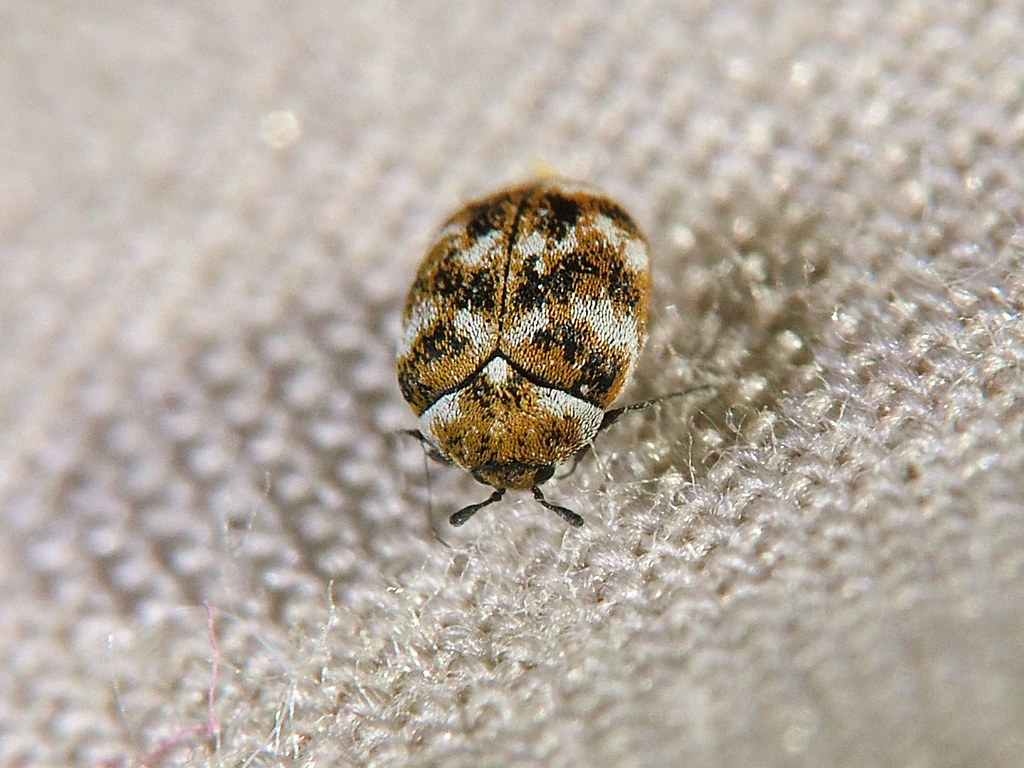
Carpet beetles (Anthrenus species) are among the most versatile and destructive household pests, capable of damaging a remarkable range of materials found throughout your home. These resilient insects feed on animal-based products containing keratin and chitin, including wool carpets, silk garments, leather-bound books, taxidermy specimens, and even the deceased insects in your window sills. The adult beetles are generally harmless and feed on pollen and nectar outdoors, but they enter homes to lay eggs near suitable food sources for their voracious larvae. The larvae, often called “woolly bears” due to their hairy appearance, can survive for months without food and may molt several times before pupating, leaving behind distinctive shed skins that often serve as the first evidence of infestation. Their feeding pattern is typically characterized by irregular holes and bare spots, distinguishing their damage from the more uniform holes created by clothes moths. Unlike many household pests, carpet beetles thrive in clean environments and don’t require high humidity or warmth to survive, making them particularly difficult to control.
The Truth About Dust Mites in Your Home
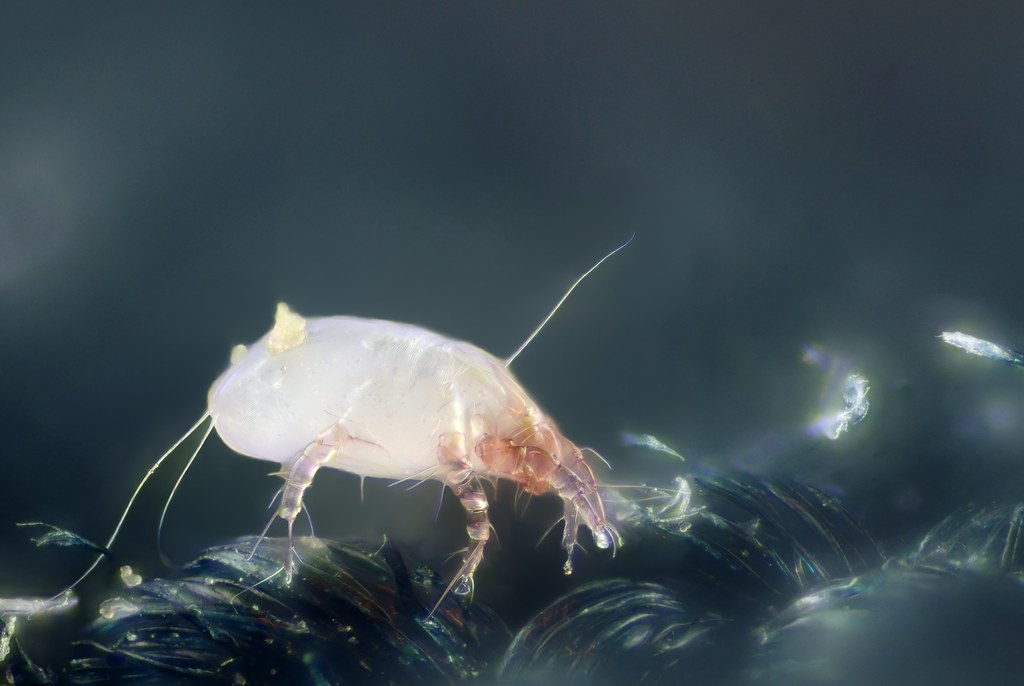
Dust mites, despite their intimidating appearance under a microscope, are actually arachnids rather than insects, closely related to spiders and ticks. These microscopic creatures measure just 0.2-0.3 millimeters in length and are virtually invisible to the naked eye, yet the average bed contains between 100,000 to 10 million of them. They feed primarily on the dead skin cells that humans shed daily – approximately 1.5 grams per day – making our living spaces an ideal habitat regardless of cleanliness. Unlike many household pests, dust mites don’t bite, sting, or transmit diseases; instead, their primary impact on human health comes from their waste products and decomposing bodies, which contain potent allergens that can trigger asthma attacks, eczema flare-ups, and chronic allergic rhinitis. They proliferate in environments with 70-80% humidity and temperatures between 68-77°F (20-25°C), which unfortunately corresponds to the conditions many people maintain in their homes for comfort. Contrary to popular belief, dust mites don’t live in dust itself but rather use household dust as a food source and transportation method to colonize new areas.
How Insects Enter Your Home Undetected

The presence of insects in your personal belongings isn’t necessarily a reflection of cleanliness, as these tiny invaders have evolved sophisticated methods of infiltrating our living spaces. Many household pests enter through almost imperceptible cracks around windows, doors, foundations, and utility penetrations that can be as small as 1/64 of an inch – narrower than a credit card’s edge. Secondhand furniture, vintage clothing, and antiquarian books often arrive with established insect populations, introducing species that might not otherwise be present in your geographical area. Groceries serve as another significant vector, with studies showing that approximately 1 in 10 packaged grain products contains insect eggs or larvae at the time of purchase, despite rigorous quality control measures in food production facilities. Some of the most persistent household pests, like booklice and silverfish, can survive months without food, allowing them to travel long distances in packaging materials or moving boxes before establishing themselves in a new location. Even the most vigilant homeowners often inadvertently transport insects indoors on clothing, bags, or even in the pages of library books, highlighting the near-impossibility of maintaining a truly insect-free household.
The Surprising Benefits of Some Household Insects

While most people react with disgust to the idea of insects inhabiting their belongings, some household species actually provide ecological benefits that often go unrecognized. House spiders, though technically arachnids rather than insects, serve as nature’s pest controllers, capturing and consuming problematic insects like mosquitoes, flies, and even cockroaches – with some species capable of eating hundreds of smaller insects annually. Certain beetles that occasionally enter homes actually feed on the larvae of more destructive pests, creating a natural biological control system within your walls and furnishings. Common household insects like silverfish consume mold and fungi that could otherwise spread and cause respiratory issues for human inhabitants. Even dust mites, despite their allergenicity, play a role in breaking down the estimated 50 pounds of dead skin cells the average human sheds over the course of a year, essentially providing a micro-cleanup service. Understanding this complex ecological web can help homeowners develop more targeted pest management strategies that eliminate harmful species while preserving beneficial ones.
Natural Methods to Keep Insects at Bay
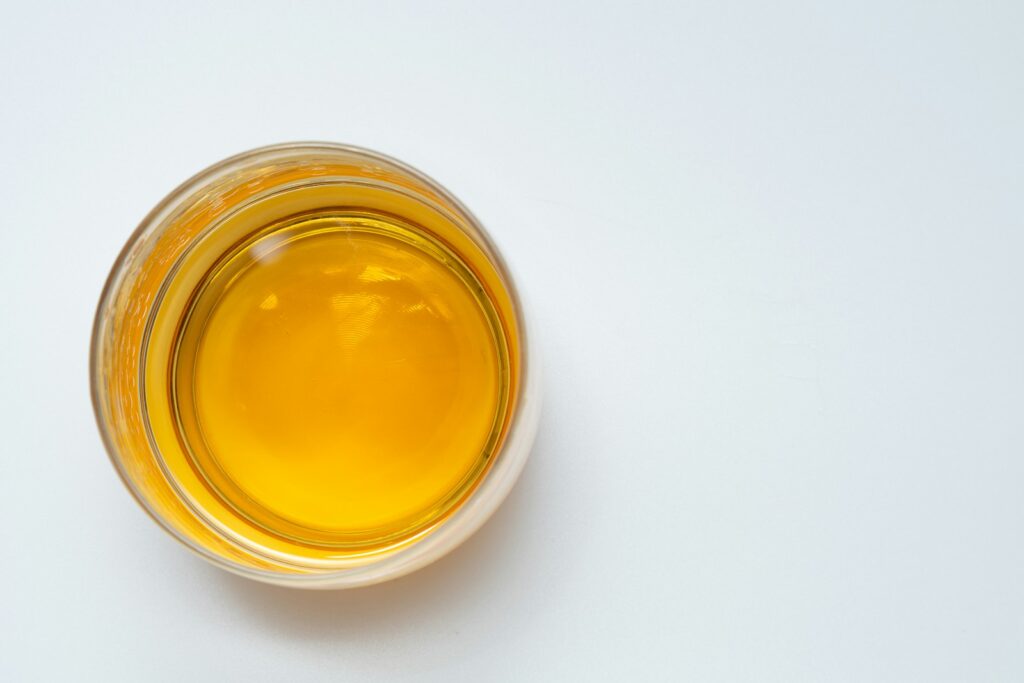
Protecting your belongings from insect damage doesn’t necessarily require harsh chemicals, as numerous effective natural deterrents have been used for centuries. Cedar oil and cedar wood contain natural compounds that repel many textile and paper-eating insects, explaining the traditional use of cedar chests for storing heirloom textiles and important documents. Regular cleaning with vinegar solutions creates an acidic environment that deters many household pests, while diatomaceous earth – a powder made from fossilized aquatic organisms – causes microscopic cuts in insects’ exoskeletons, leading to dehydration and death without posing risks to humans or pets. Temperature manipulation offers another chemical-free approach, as most household pests cannot survive extremes; freezing books for 72 hours at 0°F (-18°C) effectively kills book lice and their eggs, while heating infested textiles to 120°F (49°C) for 30 minutes eliminates most fabric pests. Aromatic herbs and essential oils including lavender, rosemary, mint, and citrus not only create pleasant scents for humans but also disrupt the sensory systems of many insects, making your storage areas less appealing without introducing toxins into your living environment.
When to Call Professional Pest Control

While many household insect situations can be managed independently, certain scenarios warrant professional intervention to prevent extensive damage or health risks. Widespread infestations that affect multiple rooms or categories of belongings typically indicate a problem that has progressed beyond the point where DIY methods will be fully effective. When dealing with valuable items like rare books, antique furniture, or heirloom textiles, professional conservators or specialized pest management companies can provide targeted treatments that eliminate insects while preserving the integrity of these irreplaceable possessions. Health-related concerns present another compelling reason to seek expert help, particularly if household members experience allergic reactions, respiratory distress, or unexplained skin irritations that may be linked to insect allergens. Persistent infestations that return despite multiple treatment attempts suggest the presence of hidden colonies or entry points that professionals with specialized equipment can identify and address. When selecting a pest management service, prioritize companies that offer integrated pest management (IPM) approaches, focusing on inspection, identification, and targeted intervention rather than widespread pesticide application.
The Historical Perspective on Household Pests

The struggle against household insects is nearly as old as human civilization itself, with archaeological evidence of pest management strategies dating back to ancient times. Egyptian papyri from 1500 BCE describe methods for protecting valuable scrolls from “papyrus worms” using aromatic woods and oils, while Roman writer Pliny the Elder documented techniques for protecting woolen garments from moths using herbs like wormwood and cypress. Medieval libraries employed cats not just for their rodent-hunting abilities but because they deterred the insects that followed mice into book collections. By the Victorian era, specialized furniture designs emerged featuring tightly fitted joints and metal-lined compartments specifically to thwart wood-boring beetles and fabric pests. The development of synthetic pesticides in the mid-20th century temporarily promised complete eradication of household insects, though this approach eventually revealed significant drawbacks including human health concerns and the evolution of resistant insect populations. This historical perspective reminds us that our current battles against bookworms, pantry moths, and furniture beetles continue an age-old coexistence between humans and the insects attracted to our belongings.
Creating an Integrated Approach to Protection
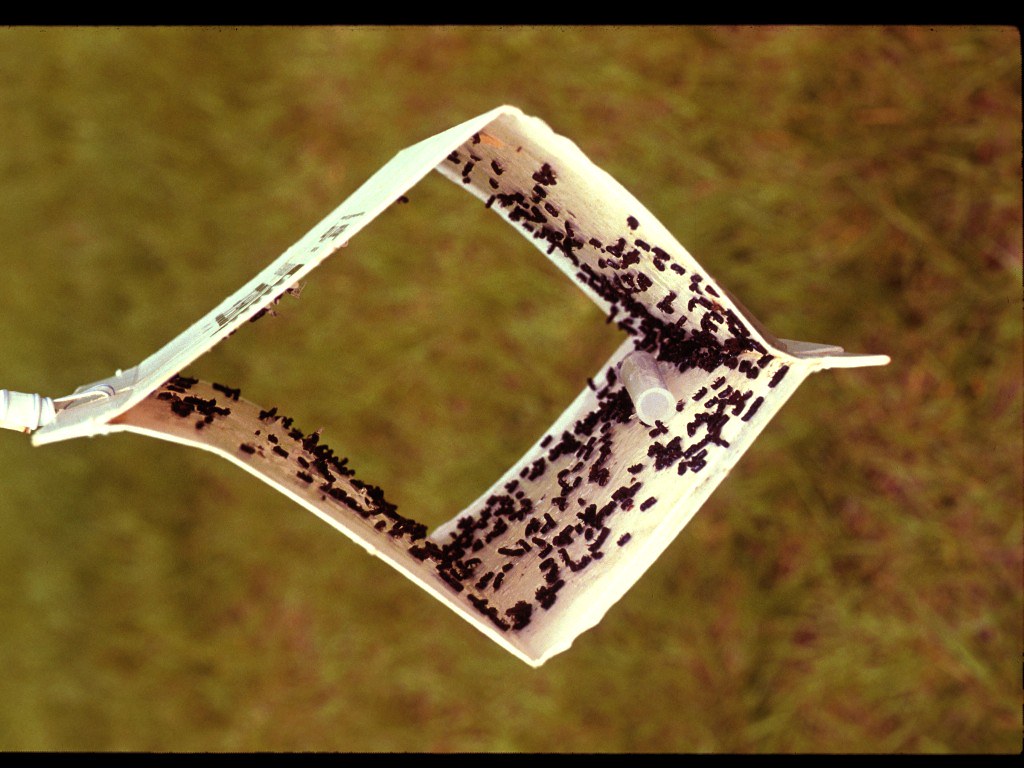
Effective management of household insects requires a multifaceted strategy that addresses prevention, monitoring, and targeted intervention when necessary. Begin by creating inhospitable environments through moisture control, as most household pests require specific humidity levels to thrive; dehumidifiers in basements and proper ventilation in closets can significantly reduce insect pressure. Implement regular inspection routines for vulnerable items, checking book collections quarterly and stored textiles seasonally for early signs of activity like frass, shed skins, or irregular holes. Store susceptible materials in appropriate containers – acid-free boxes for documents, airtight glass or metal containers for pantry goods, and cedar or properly sealed plastic containers for textiles. Consider the strategic use of pheromone traps that can detect insect presence before visible damage occurs, particularly for monitoring stored food areas and clothing storage. When approaching treatment, consider the environmental impact of your choices by starting with the least toxic effective option and scaling up interventions only as needed, recognizing that complete elimination of all household insects is neither practical nor ecologically desirable.
Conclusion
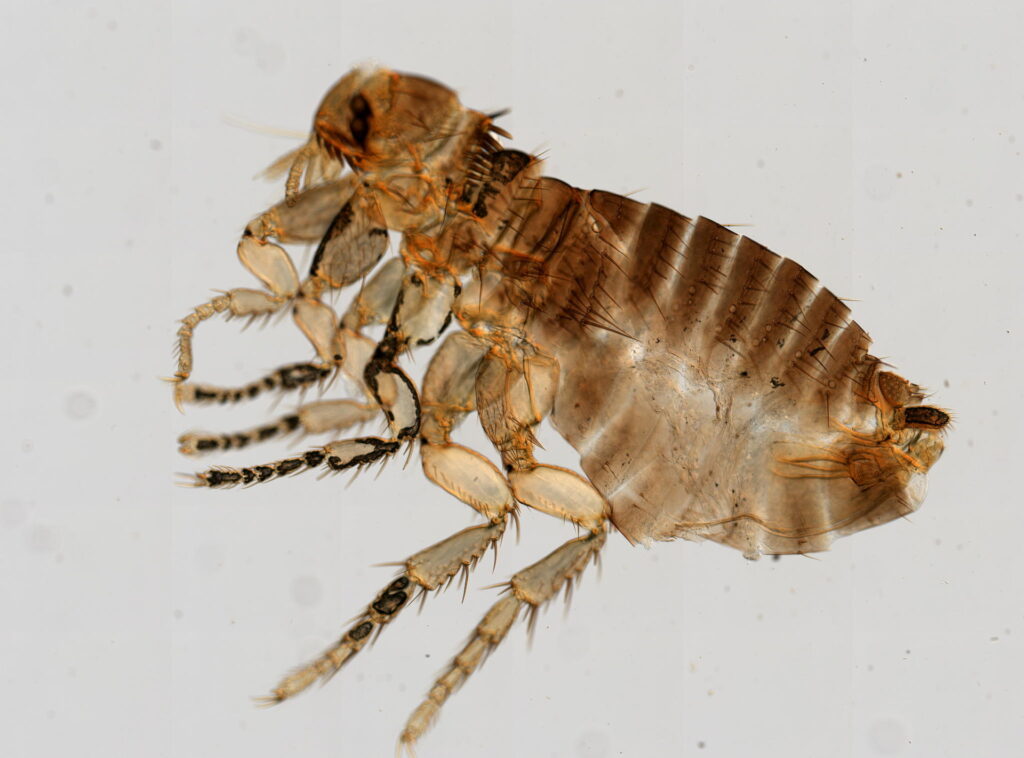
The presence of insects in our books, flour, and furniture reflects the inescapable reality that our homes are not sterile environments but ecosystems where we coexist with countless other organisms. Throughout human history, we’ve developed increasingly sophisticated methods to manage these uninvited guests while acknowledging that complete eradication is rarely possible or even desirable. By understanding the specific needs and behaviors of common household insects, we can implement targeted prevention strategies that protect our belongings while minimizing environmental impact. Perhaps the most balanced approach is one that combines vigilance with perspective – recognizing when intervention is necessary while accepting that the occasional silverfish or flour beetle is simply part of the natural world extending into our living spaces. With knowledge, appropriate precautions, and realistic expectations, we can maintain homes that are comfortable for us while being somewhat less hospitable to the six-legged creatures that find our possessions so appetizing.

